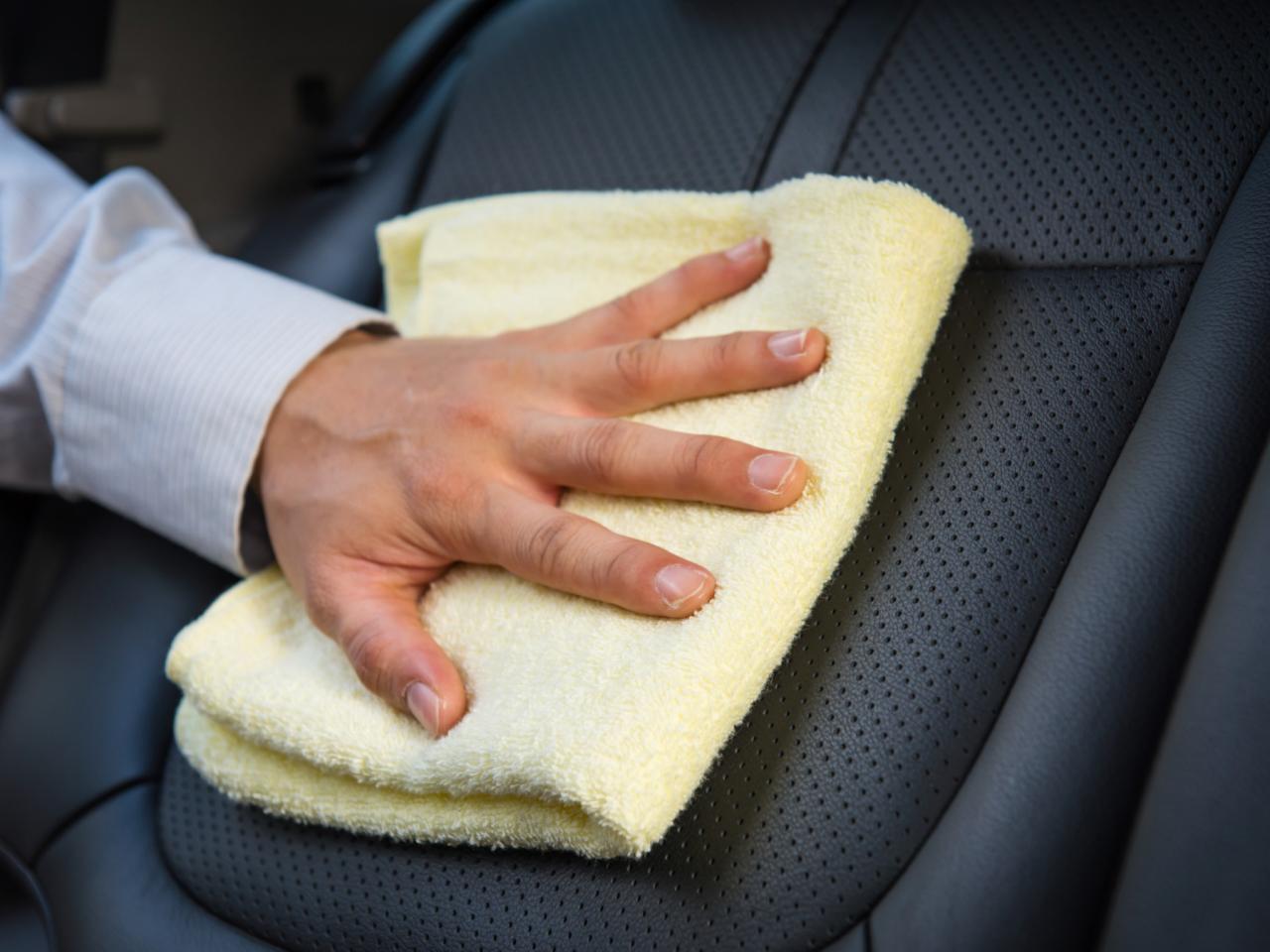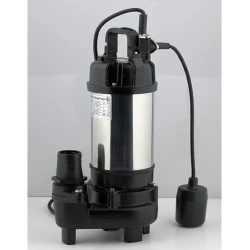
Leather upholstery has the potential to convey elegance and timelessness to almost any living space, which makes it a popular choice, whether it’s a classic Chesterfield sofa or a modern sectional. The rich and luxurious texture of the material undoubtedly adds sophistication to any home.
However, to maintain leather upholstery’s pristine condition and make sure it stands the test of time, it’s essential to care about and maintain it properly. To help with that, professional upholstery cleaners have contributed to creating a comprehensive guide with the best practices for cleaning and conditioning leather upholstery.
Choosing the Right Products for Cleaning Leather
Before you start cleaning leather upholstery, it’s very important to select the right products for this task. Understanding the purpose of each product is key to achieving satisfactory results.
#1 Dusting and Regular Maintenance
One of the critical components of leather maintenance is regular dusting with a dry cloth or a vacuum cleaner equipped with a soft brush attachment. This will help remove loose dirt and prevent it from settling into the material’s pores.
#2 Leather Conditioner
Leather conditioner is a fundamental product for maintaining the quality of your leather upholstery. It’s like a moisturiser for it because using it regularly prevents the material from drying out and cracking.
It’s recommended to apply a leather conditioner at least once a month to keep the material soft and help prevent stains and discolouration from setting in.
#3 Leather Serum and Leather Cream
While leather conditioner focuses on deep moisturising, leather serum and leather cream offer some additional benefits. Leather serum is designed to restore the material and add a protective coat. On the other hand, leather cream is ideal for achieving a soft shine on the surface and helps preserve the original colour. These products usually come in a variety of colours.
Natural Methods for Cleaning Leather
Not all leather stains require professional intervention, and you can actually tackle many common issues using natural cleaning methods at home.
#1 Soap and Water for Light Stains
For light and mild stains on your leather upholstery, a simple solution of warm, soapy water should be enough. For this cleaning method, use a clean, damp washcloth to gently wipe away the stain.
Professional cleaners recommend opting for leather soaps, often referred to as saddle soaps, which are specifically formulated for leather cleaning and are ideal and safest for this purpose.
After cleaning, make sure you dry the leather thoroughly with another clean, dry cloth to prevent mildew onset. Besides that, keep in mind that leaving wet spots can damage the material.
#2 Removing Darker Stains with Rubbing Alcohol
Darker stains, such as ink stains, will require a more targeted approach. Dipping a cotton swab in rubbing alcohol can effectively remove them. Apply the rubbing alcohol directly to the spot using small, circular motions to avoid spreading the stain further and be very careful when using this product because improper application can worsen the situation.
#3 White Vinegar and Warm Water Solution
A mix of equal parts white vinegar and warm water is an excellent natural and cost-effective solution for cleaning leather. It works particularly well for wiping away residue from decorative leather pillows.
Step-by-Step Leather Cleaning
For the best results when cleaning leather upholstery, it’s essential to follow a systematic process.
#1 Start with Soap and Water
Begin by dipping a clean, damp washcloth in warm, soapy water or leather soap and use it to wipe away light stains gently.
#2 Dry the Leather Thoroughly
After cleaning, carefully dry the leather with a clean, dry cloth and avoid leaving any surface moisture. For the best results, leave the spot undisturbed overnight to allow it to dry completely.
#3 Apply Leather Conditioner or Cream
Moisturise the leather material by applying a leather conditioner or cream with a clean cloth. Allow the product to penetrate the leather before buffing it to a soft shine.
Testing New Products
When using new leather care products, it’s recommended to test them on a small, inconspicuous area of your upholstery before applying them to a larger area. This precaution will help you determine the compatibility between the two items and if they will provide you with the desired results.
What to Avoid When Cleaning Leather
While proper care is essential, it’s equally important to know what you should avoid when cleaning leather upholstery, which includes:
- Excessive Moisture. Leather used to make furniture is more delicate and less protected against staining from water and other liquids. Avoid pouring excessive amounts of liquids directly onto such upholstery because it can damage the material.
- Oil-Based Products. Stay away from overly greasy or oily products on your leather furniture, such as mink oil, because these substances can leave a greasy residue and potentially create stains.
- Silicone-Based Products. Some leather creams and shoe polishes contain silicone, which should be avoided because it can have adverse effects on the material’s appearance and longevity.
- Overuse of Water. While water is generally safe for cleaning leather upholstery, avoid saturating the material because it can lead to staining and damage.
Additional Tips for Leather Care
Besides the cleaning process, there are several additional tips that will help you prolong the life of your leather upholstery.
Treating Distressed Leather
For distressed leather areas, look for specialised treatments which can help soften the material and smooth out any scratches. For example, brands like Leather Masters, offer practical solutions for most leather types.
However, when applying any product to your leather upholstery, always use a light touch and start by testing it to make sure it’s suitable for your furniture piece.
Embracing the Vintage Look of Aniline-Dyed Leather
If you’re looking for the very best when purchasing leather furniture, Aniline-dyed leather is the ideal choice. With it, the dye penetrates the material to produce a consistent appearance throughout the entire piece, and each one is unique and individual. It’s one of the best leather upholstery choices you can make.
Final Words
Leather upholstery isn’t only aesthetically pleasing and durable, making it an excellent investment for almost any home. Whether you’re a proud owner of a leather couch, armchair or an ottoman, you’ll certainly want to preserve its natural beauty and extend its lifespan. However, proper leather care requires more than wiping down the surface, and that’s why you’ll need to involve regular cleaning and conditioning to prevent cracks, stains and fading from appearing.


